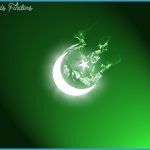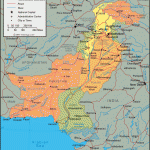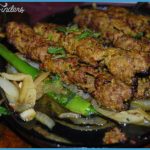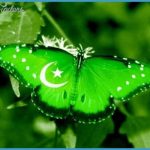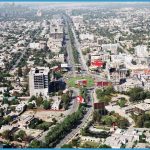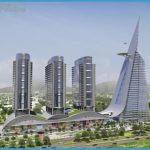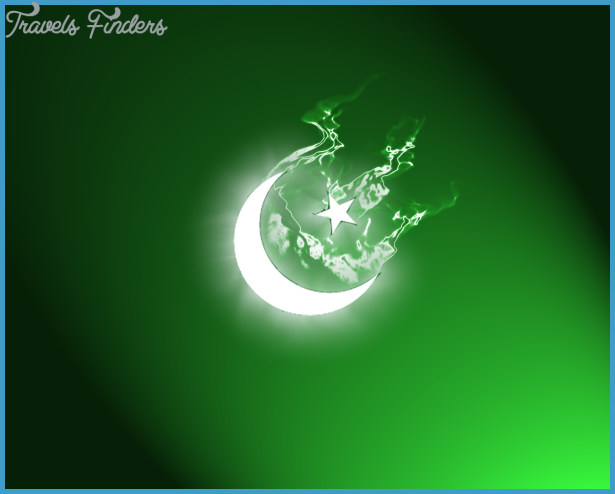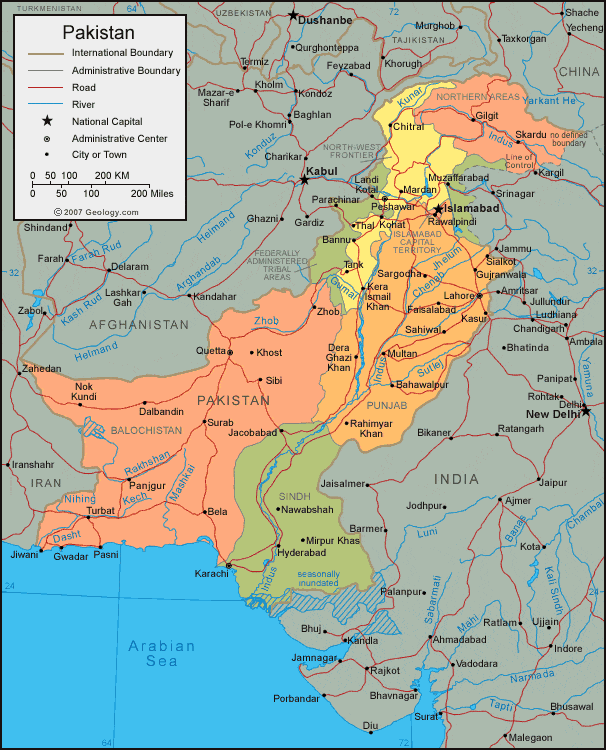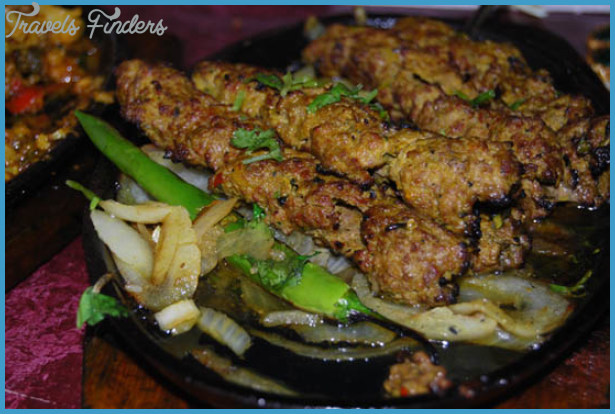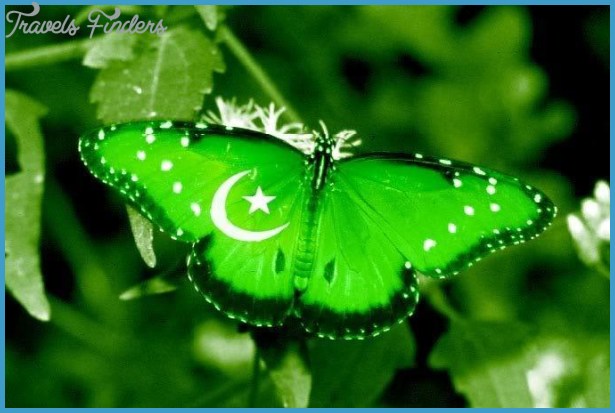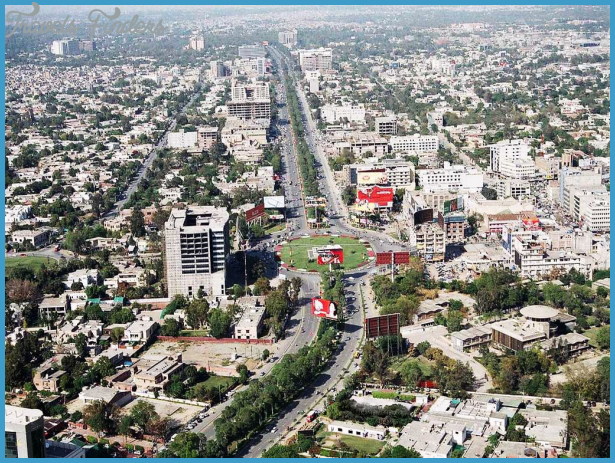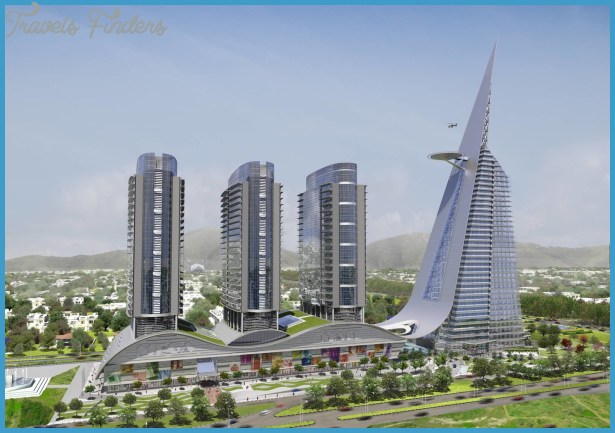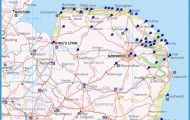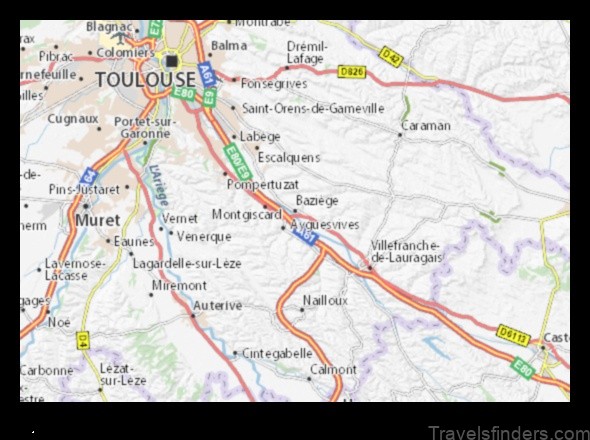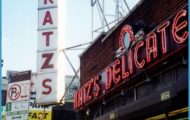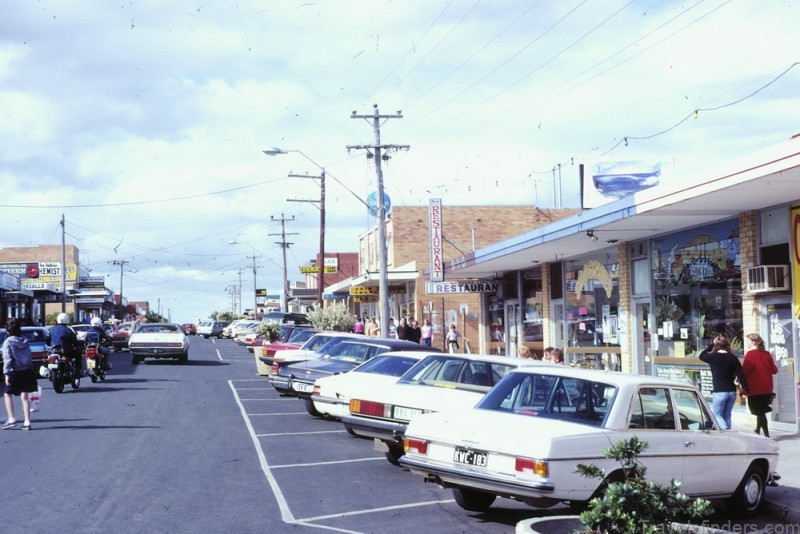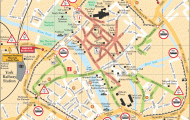Once a part of India, Pakistan broke away after World War II amidst great bloodshed and suffering. The official name, Islamic Republic of Pakistan, provides a clue to the turmoil. Most of the people in the Pakistani area are Moslems, where the majority religion in the rest of India is Hindu. Not unusual, genocide was committed in the name of religion and the resulting countries carry on under an uneasy truce. Karachi (3.5 million) was the first capital. Karachi sits on the Arabian Sea: hot, dusty and with little to appeal to visitors. The present capital, Islamabad (population 250,000), sits in the far north. The entire country is about the size of California but has a population in excess of eighty-two million. Lahore (2.1 million) is the second largest city and lies near the Indian border in the east. The official language is Urdu but it is only spoken by 9 percent of the people. English is the lingua franca if there is one.
Northwestern Pakistan appeals to those seeking mountain beauty. The little kingdom of Hunza is celebrated throughout the world for its happy, long-lived citizens. Situated in a high valley, the people are said to be the healthiest in the world, partly, according to one study, because of their diet. The Hunzas east primarily fruit, seeds and a little meat. Tea is the universal beverage. The kingdom comprises 150 villages laid in a ninety-mile long valley with altitudes ranging from 5,300 to 8,250 feet. Another tiny kingdom lies in the Swat Valley, described as a country of stirring beauty. The visitor to these northern areas stays in rest houses provided by the government or in the few modest hotels. The rest of Pakistan is of little tourist interest. Literacy is only 24 percent, the life expectancy fifty-one years.

